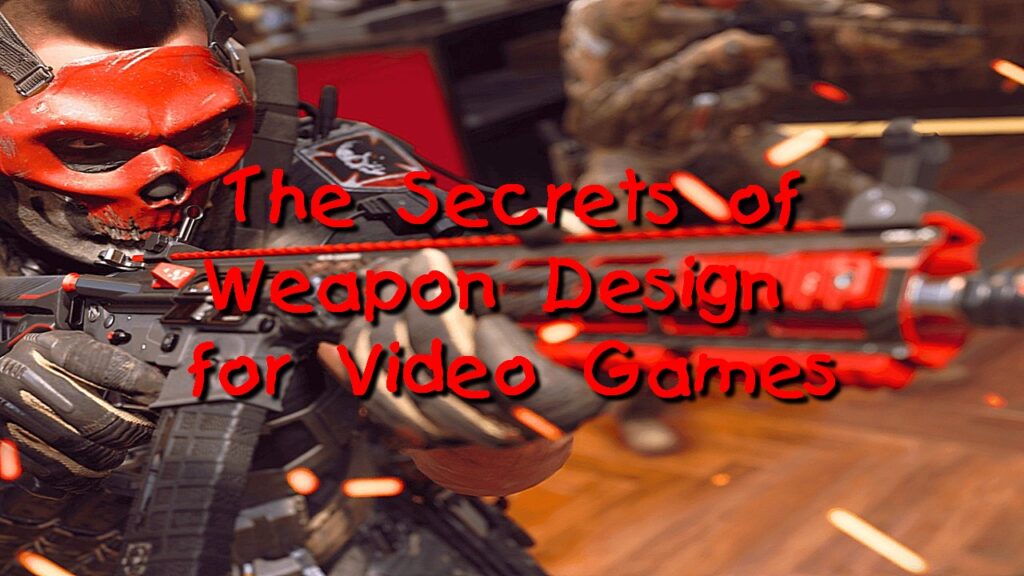In the realm of video game design, creating compelling weapons goes beyond mere functionality; it involves weaving a narrative through every detail. The conceptual foundation of a weapon is crucial, aligning its design with the game’s storyline. Whether it’s a legendary sword with a storied past or an advanced futuristic firearm, the backstory adds depth to the player’s experience. A well-crafted narrative weapon not only serves as a tool for gameplay but becomes an integral part of the game’s lore, enhancing the overall immersive experience. And speaking of immersive experiences, if you’re a true guardian looking to arm yourself with the most legendary weapons in the Destiny universe, look no further than destinyguns.com. Explore a vast collection that transcends virtual functionality, bringing the rich narratives of Destiny’s iconic weapons right to your fingertips!
Aesthetics and Iconography: Forging the Visual Identity
![]()
The visual impact of a weapon is often the first thing players notice. Aesthetics play a pivotal role in creating a memorable and visually striking arsenal. Weapon designers must consider the game’s art style, setting, and overall theme to ensure coherence. Iconography is equally essential; the silhouette, color scheme, and unique features contribute to the weapon’s recognition and distinguish it from others in the game. A successful design captivates players not only through its functionality but also through its visual allure, leaving a lasting impression on the virtual battlefield.
Balancing Act: Gameplay Dynamics and Mechanics

Beyond the virtual canvas, a weapon’s success is measured by its impact on gameplay. Balancing the dynamics and mechanics of a weapon is a delicate art. Each weapon should have strengths and weaknesses, ensuring strategic diversity and preventing any single weapon from dominating the gaming experience. Factors like rate of fire, damage output, and reload times must be meticulously tuned to create a fair and engaging gameplay environment. The goal is to make each weapon a viable choice, promoting diverse playstyles and strategic decision-making for players.
User Experience: From Trigger to Screen
The connection between the player and the virtual weapon is established through the user experience (UX). Designers must pay attention to the tactile feel, sound effects, and responsiveness of the weapon. The haptic feedback, visual cues, and audio elements should synchronize seamlessly, providing players with a satisfying and immersive experience. Whether it’s the satisfying click of a reload, the kickback from firing a powerful shot, or the distinct sound of a melee attack, a well-crafted user experience elevates the weapon from a mere tool to a visceral extension of the player’s virtual persona.
Evolution and Customization: Adapting to Player Progression
As players progress through a game, the weapons they wield should evolve alongside them. Weapon designers incorporate progression systems and customization options to keep the gaming experience fresh and dynamic. Upgrades, attachments, and visual modifications not only enhance a weapon’s capabilities but also allow players to personalize their arsenal. This adaptability ensures that weapons remain relevant and exciting, providing a sense of achievement and investment as players witness their virtual armory grow in tandem with their in-game prowess.
In conclusion, the secrets of weapon design for video games extend far beyond pixels and polygons. They delve into the realms of narrative, aesthetics, gameplay dynamics, user experience, and player progression. A successful weapon is not just a tool for virtual combat; it’s a storytelling device, a visual spectacle, a gameplay element, and a personalized journey for the player. Mastering the art of weapon design requires a harmonious blend of creativity, technical expertise, and a deep understanding of the player’s journey through the virtual world.
